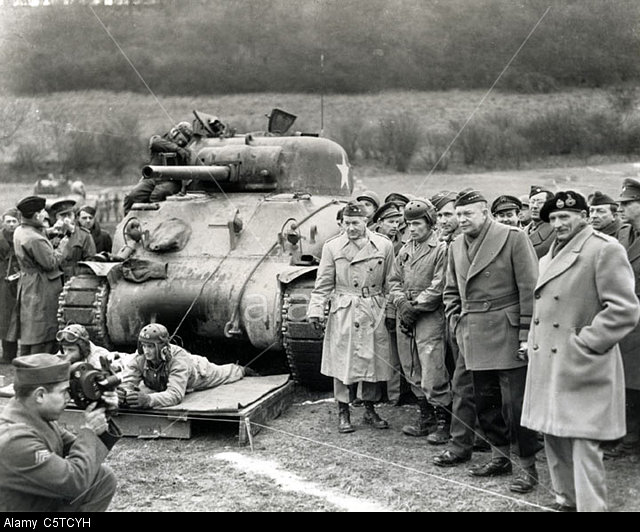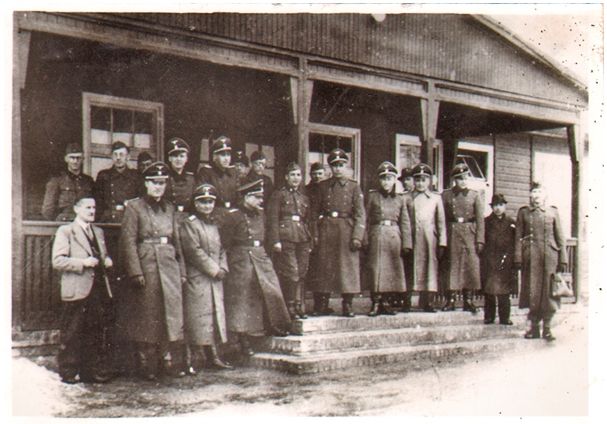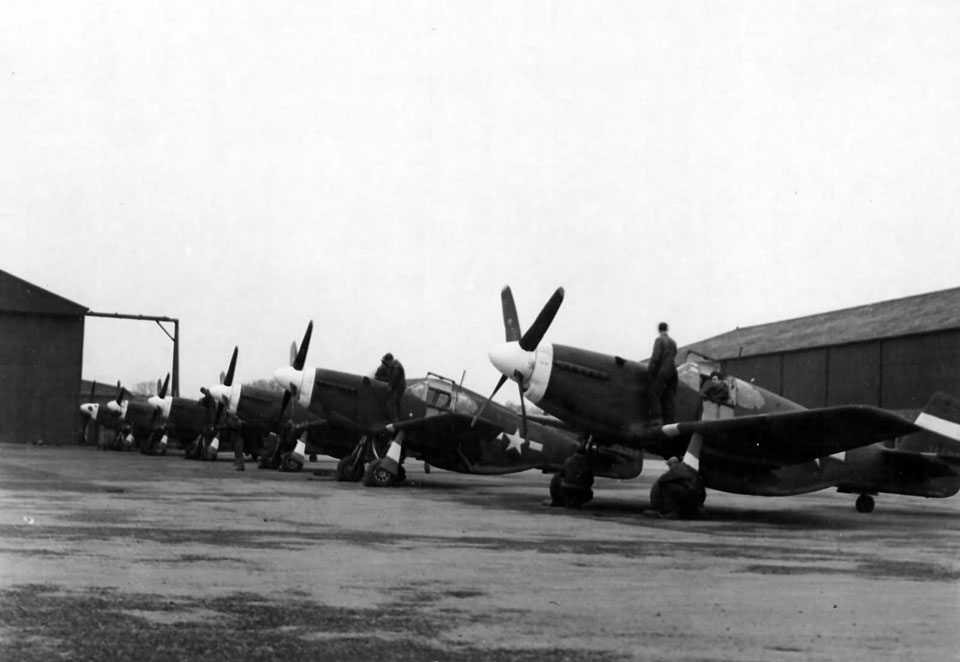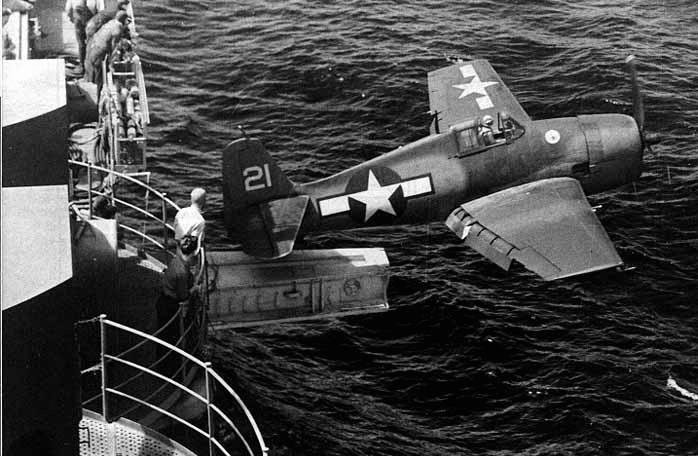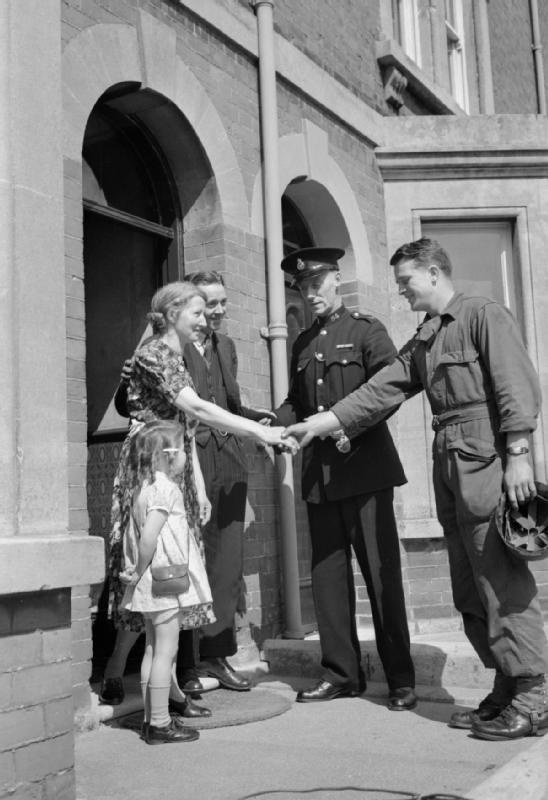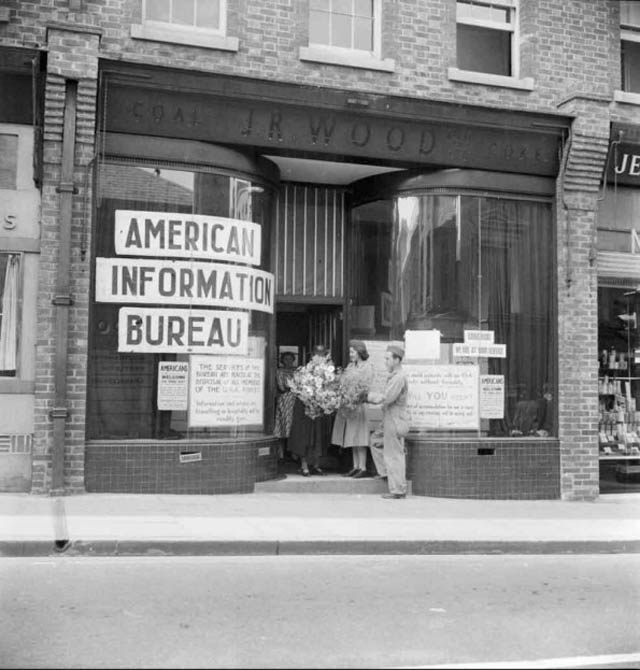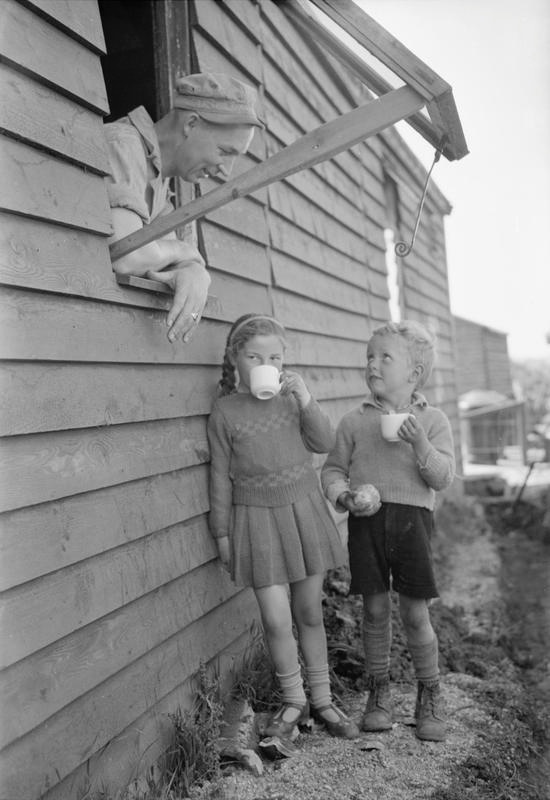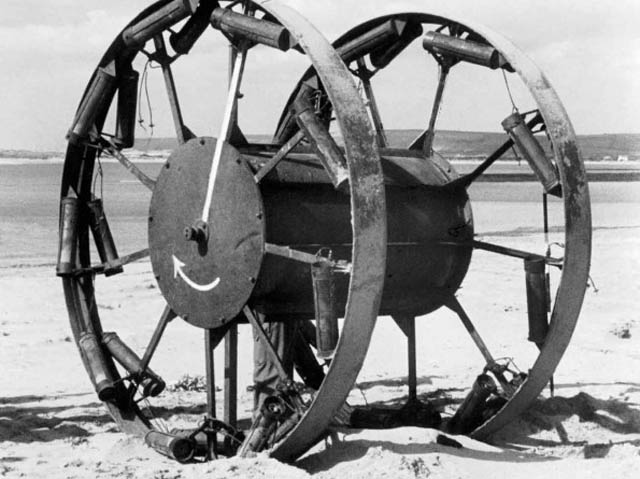Air Operations, Bismarcks
More than 20 42nd Medium Bomb Group B-25s attack Matupi Island and Rapopo. 21 XIII Bomber Command B-24s and 17 XIII FIghter Command P-38 fighter-bombers attack the Rapopo airfield at Rabaul.
[Air Operations, Carolines
VII Bomber Command B-24s attack Ponape Island.
[Air Operations, CBI
BURMA- 8 490th Medium Bomb Squadron B-25s and 4 10th Air Force P-51s attack bridges at Meza, Natmauk, and Sinthe.
- 2 14th Air Force fighter-bombers attack Weichow Island.
- 16 14th Air Force P-40s attack warehouses and rail and port facilities at Hongay while 2 P-40s attack a ship at Campha.
Air Operations, East Indies
V Bomber Command B-25s attack ground targets in the Molucca Islands.
[Air Operations, Europe
The Climax of 'Big Week' as 830 bombers of the US 8th Air Force and 150 bombers of the 15th Air Force, with fighter escorts, attack the Messerschmitt works at Regensburg and Augsburg. The Americans claim 142 fighters shot down. 1,000 fighters are destroyed on assembly lines and 1,000 more are lost due to temporary disruption of production. 38 bombers and 8 fighters are lost in the raid.
RAF BOMBER COMMANDEvening Ops:
- 594 aircraft are sent to Augsburg. In this total are 461 Lancasters, 123 Halifaxes and 10 Mosquitos.
- The bombing at Augsburg is outstandingly successful in clear weather conditions and against this 'virgin' target with only weak flak defences. The Pathfinder ground-marking is accurate and the raid becomes controversial because of the effects of its outstanding accuracy. The beautiful old center of Augsburg is completely destroyed by high explosives and fire, with much less than the usual spread of bombing to the more modern outer areas, where some industry is located.
- There are 246 large or medium fires and 820 small ones. The temperature is so cold (minus 18 degree Celsius) that the River Lech is frozen over and many of the water hoses also freeze. The Germans publicize it as an extreme example of 'terror bombing'.
- 16 Lancasters and 5 Halifaxes are lost. It is believed that the various diversions and the splitting of the main force into 2 waves helped keep the casualties low.
- 131 aircraft lay mines in Kiel Bay, 22 Mosquitos bomb airfields in Holland, 15 Mosquitos are sent on diversionary raids to 4 towns north of the Augsburg routes, there are 5 RCM sorties, and 10 Serrate patrols.
- 3 Halifaxes and 1 Stirling are lost in the mine-laying operations.
GERMANY:
- The 8th and 15th Air Forces conclude Big Week with coordinated attacks on aircraft-industry targets, including a one-two punch against Regensburg.
- 196 1st Bomb Division B-17s attack aircraft-industry factories at Augsburg.
- 50 1st Bomb Division B-17s attack aircraft-industry factories at Stuttgart.
- 172 2nd Bomb Division B-24s attack aircraft-industry factories at Furth.
- 267 3rd Bomb Division B-17s attack aircraft-industry factories at Regensburg.
- 25 B-17s and 6 B-24s are lost, 3 B-17s are written off, 1 B-17 lands in Switzerland; 305 crewmen killed or missing
- Escort and support for the bombers is provided by 899 8th and 9th Air Force fighter sorties, including double missions flown by the 361st, 363rd, and 365th Fighter Groups. USAAF fighter pilots down 25 Luftwaffe fighters and 2 Ju-88s over Germany, France, Luxembourg, and Belgium between 1206 and 1515 hours.
- 1 P-47 and 2 P-51s are lost with their pilots
BELGIUM:
- IX Bomber Command B-26s mount a morning attack against the St.-Trond Airdrome.
- IX Bomber Command B-26s mount a morning attack against the Cambrai/Epinoy Airdrome, but 164 B-26s dispatched in the afternoon against various military targets in northern France are recalled because of bad weather.
ITALY:
- XII Air Support Command A-36s and P-40s attack numerous targets in or near the battle areas.
AUSTRIA:
- A small force of 15th Air For B-17s attack the Klagenfurt Airdrome.
- 16 15th Air Force B-24s that become separated from the day's main effort against Regensburg, Germany, attack a marshalling yard at Zell-am-See.
- A 14th Fighter Group P-38 escort pilot downs a Bf-110 south of Salzburg at 1340 hours.
- German opposition against the main 15th Air Force strike against Regensburg is concentrated on the 36 B-17s that are leading the main body of 103 47th Heavy Bomb Wing B-24s by a considerable margin. Owing to a lack of long-range fighters in the theater, the heavy bombers are not escorted during the target-penetration phase of the mission. 85 P-38s and 40 P-47s will be available, however, during the withdrawal. More than 100 Luftwaffe fighter attack the in-bound B-17s over Fiume and manage to down 11 301st Heavy Bomb Group B-17s long before the target is reached. The Bombing run by the 25 remaining lead B-17s hits the primary target with many bombs, but the Luftwaffe fighters return once the B-17s clear the flak belt, and continue making firing passes for another 30 minutes without downing any more of the B-17s. Claims by bomber gunners amount to an improbable number of 31 Luftwaffe fighters downed.
- During the second phase of the attac by 103 304th Heavy Bomb Wing B-24s, Luftwaffe fighers begin attacking the heavy bombers about 300 miles from the target and continue to do so all the way to Regensburg and on the way out beyond the flak belt. The Prufening Messerschmitt aircraft components factory is severely damaged by the bombs.
- 33 heavy bombers are downed on the Regensburg attack, 6 are lost on other targets, 10 abort; 3 P-38s and 1 P-47 are lost from the USAAF fighter force
- 16 304th Heavy Bomb Wing B-24s attack a marshalling yard at Fiume.
- 21 15th Air Force B-17s attack warehouses in the dock area at Pola.
- 15th Air Force B-24s attack the port area at Zara.
Air Operations, Marshalls
41st Medium Bomb Group B-25s attack the Mille and Wotje atolls. 15th Fighter Group P-40 fighter-bombers attack the Jaluit Atoll.
[Air Operations, New Guinea
V Bomber Command B-25s attack Madang and the Momote airfield on Los Negros. A-20s attack airfields in the Alexishafen area.
[Allied Planning
Churchill assures Roosevelt that the campaign in northern Burma will not be given up in favor of an amphibious operation in central Burma or the opening up of another front in the Dutch East Indies.
[Arctic
U-601 is spotted by Catalina 'M' of No 210 Squadron who is providing air cover to convoy JW-57. When detected, the U-boat is 250 miles northwest of the Lofoten Islands. Two depth charges are dropped; one lands off the starboard quarter while the other lands level with the conning tower on the port side. U-601 sinks in less than 30 seconds.
| Class | Type VIIC |
| CO | Oberleutnant zur See Otto Hansen |
| Location | Arctic, NW of Lofoten Islands |
| Cause | Air attack |
| Casualties | 51 |
| Survivors | None |
CBI
BURMAIn the northeast of the country the American units have their first skirmish with Japanese patrols. In the Arakan the West African 81st Div takes Kyauktaw in the Kaladan valley.
[Mediterranean
The US tank landing craft LCT-26 founders and sinks in heavy weather off Anzio, Italy.
[New Britain
A battalion of the 5th Marine Regt lands at Iboki Plantation. US destroyers shell the Japanese bases at Rabaul, New Britain, and Kavieng, New Ireland, both already almost completely blockaded and neutralized by the long air and naval offensive.
[Norwegian Sea
U-990 sinks the British destroyer Mahratta 280 miles from the North Cape while escorting Convoy JW-57 with the loss of 220 of her crew. 16 survivors are picked up by the British destroyers Impulsive and Wanderer.
[Pacific
- Destroyer Squadron 12, en route to bombard Kavieng and its airstrips, shipping and fortifications, encounters the Japanese cargo ship Tatsugiko Maru. In the action that follows, the US destroyers Farenholt (DD-491), Buchanan (DD-484), Lansdowne (DD-486), Woodworth (DD-460) and Lardner (DD-487) sink the enemy freighter. Buchanan and Farenholt are damaged by fire from shore batteries.
- The US submarine Hoe (SS-258) attacks a Japanese convoy at the mouth of Davao Gulf and sinks the fleet tanker Nissho Maru (10,526) and damages the fleet tanker Kyokuto Maru.
- The US submarine Rasher (SS-269( sinks the Japanese army cargo ship Ryusei Maru (4797t) and merchant cargo ship Tango Maru (6200t) off the north coast of Bali.
- Continuing the pursuit of the Japanese convoy engaged the previous day, the US submarine Tang (SS-306) sinks the fleet tanker Choko Maru (1794t).
Images from February 25, 1944
|
|
|
|
|
|
|
|
